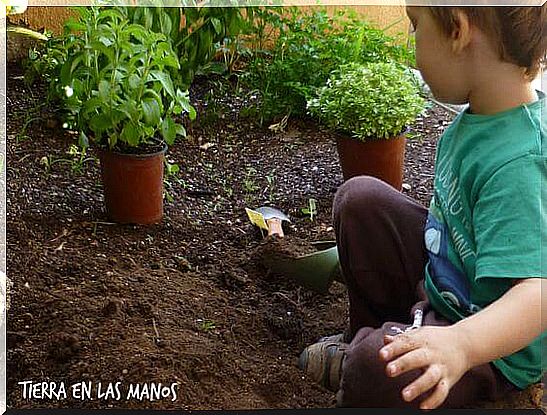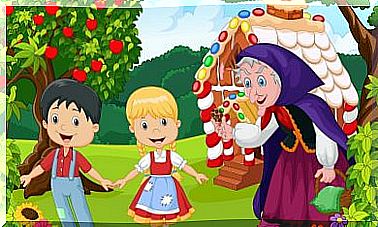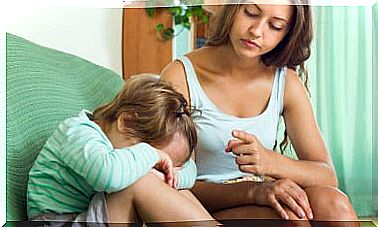How To Make A Home Garden

The idea of creating a home garden has been in your head for a long time, but you don’t know how to start? Do you want to improve the quality of your diet? Do you want to teach your children how they can be self-sufficient?
If the answer to all those questions is yes, here we bring you the solution: start a family project to create your own garden at home. In this sense, an important point is planning and, for this, we share with you the points that you must take into account.
The space for a family garden: terraces, balconies or gardens
The space will determine how big your garden will be, but whatever size it is, it has to be a place with many hours of natural light, water available for irrigation and a structure with an efficient drainage system.
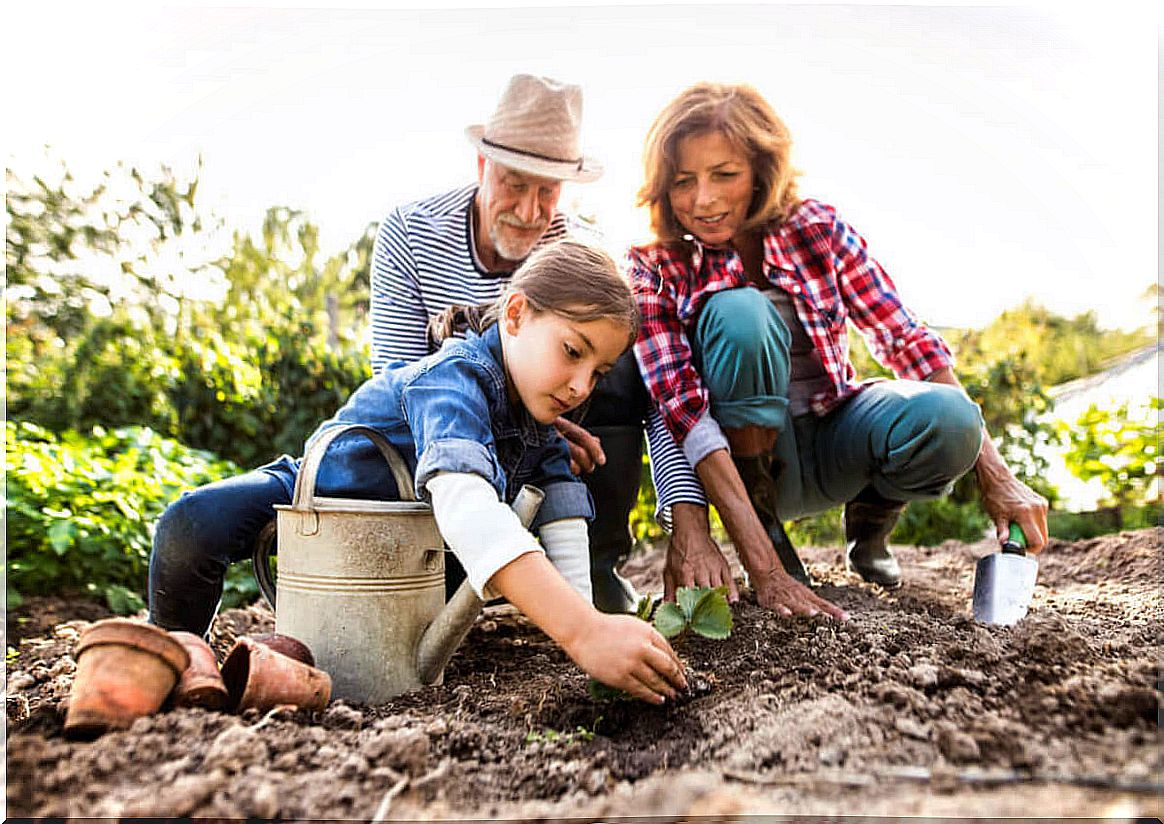
In the case of having a garden, you will do it directly on the ground, which will make your tasks much easier. If you are going to set it up on a terrace or patio, you can choose to do it with containers such as pots and drawers, or set up planting tables.
If you only have a small space, such as a balcony, a great solution is to plan a vertical garden with containers arranged on the walls. They can be plastic bottles, flowerpots, shelves or bulwark pallets.
The earth: can we compost?
The best soil to use for a home garden is one that contains sand or clay, which facilitates water drainage. It is important that you also add peat substrate, mulch, NPK-nitrogen-phosphorus-potassium fertilizer, or compost that you can make at home.
This last option is an idea that children are going to love. For this, you have to have a drawer to make the compost. The organic waste from your house will be deposited there, which, through a decomposition process, will be transformed into a material rich in nutrients for your crops.
Crops: Which Species Are Better?
It is recommended that you choose seasonal plants, since they are easier to care for. In addition, it combines different species: flowers, vegetables, greens and fruits. Don’t forget to grow aromatic plants, which act as natural repellants for insects and pests.
Once you’ve decided on the best location, the shape of your home garden, and what to grow, choose to use seeds or buy seedlings. The difference between one or the other will be the time in which you can see the first plants to consume.
First garden: seedlings and simple crops
Once the 3 previous points have been solved, you have to choose the species for your first planting. The home garden plan is a long-term project, but it is important that you can see results quickly so you know that you are doing things right.
For this, we recommend that your first crops are made from purchased seedlings and with seasonal crops. This will allow you to practice the frequency of watering, as well as keep the soil in condition and “tend” your plants.
The easiest species for this stage are:
- Lettuces.
- Tomatoes.
- Eggplants.
- Peppers.
- Carrots
- Parsley.
- Onions.
- Leeks
- Swiss chard.
- Spinach.
- Pumpkins.
- Green peas.
Once you get the hang of the subject and see progress, start implementing other techniques, such as diversification, adding more delicate species, and crop rotation.
Benefits of having a home garden
Everything is learning in a family project, both for parents and children. Making a family garden is starting a task that requires joint work and group responsibility.
Fulfilling that commitment, making a family garden will be rewarding for everyone and will provide the following benefits:
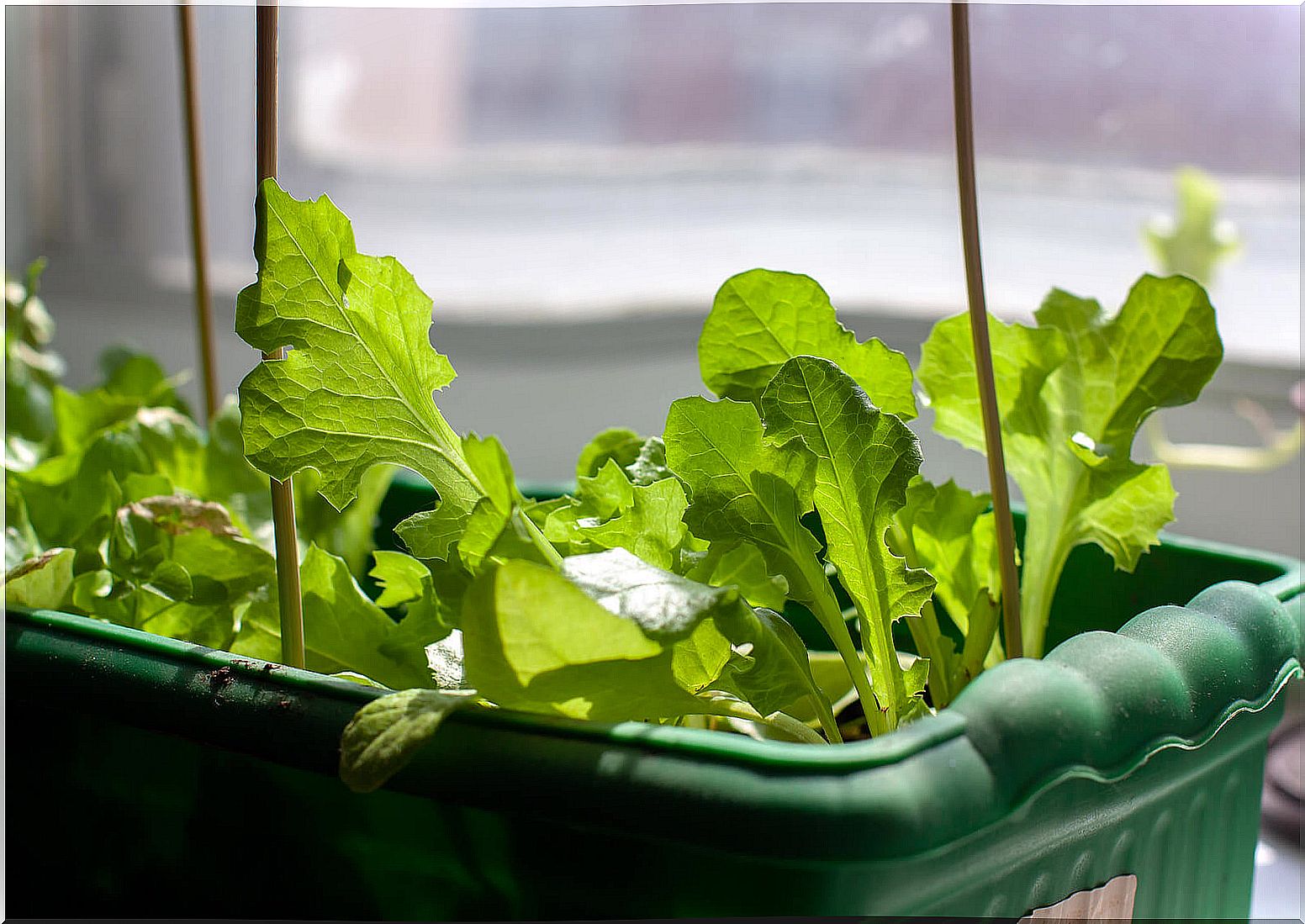
- The whole family is educated in ecology and in the practice of the famous rule of the three Rs: reduce, reuse, recycle.
- You have fresh food always available.
- You generate a healthier consumption, since vegetables, vegetables and fruits do not contain chemicals, insecticides or antiplagas. They will always be natural products.
- You learn about nature and you connect with it directly. Hand contact with the ground is believed to be a good anti-stress session.
- You put into practice school knowledge that you thought you had already forgotten, such as the water cycle or how a plant germinates, and you teach it to the children.
- You bring to the table food without genetic modifications, with its nutritional potential intact.
- You contribute to improving air quality and take advantage of the space to carry out a productive activity.
- You reduce the consumption of processed foods or vegetables or fruits from commercial and intensive agriculture.
- You share as a family, you distribute responsibilities, you relax and have fun, while you instill in the children the respect and love for the land and the natural world.
In short, we hope that these ideas and tips for setting up a family garden are to your liking and encourage you to carry it out with the little ones in the house.
